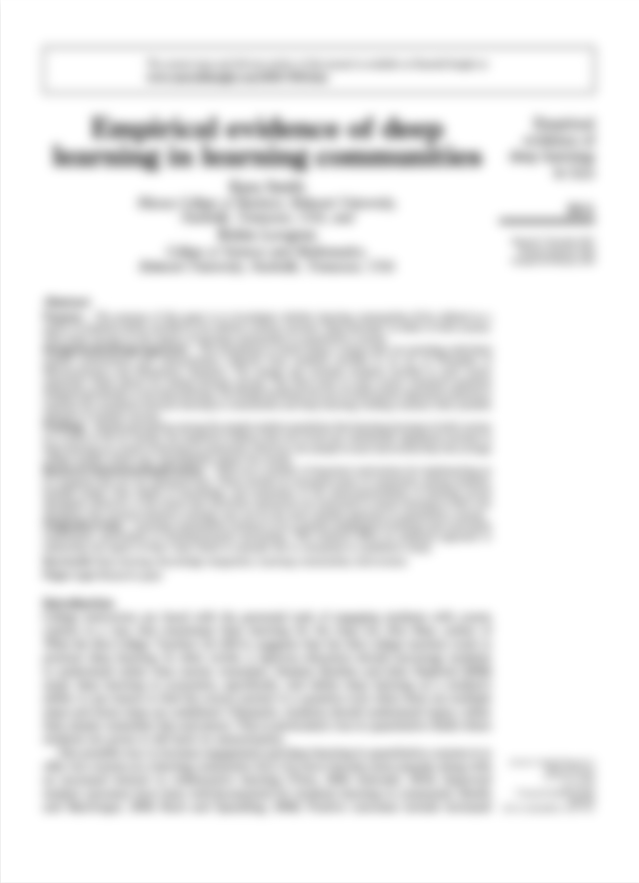Hammer proves he's got the touch: [NORTH SPORTS FINAL, CN Edition]
Heim, Chris.
Chicago Tribune (pre-1997 Fulltext); Chicago, Ill.. 17 Aug 1990: Q.
You might have access to the full article...
Try and log in through your library or institution to see if they have access to the full text.






